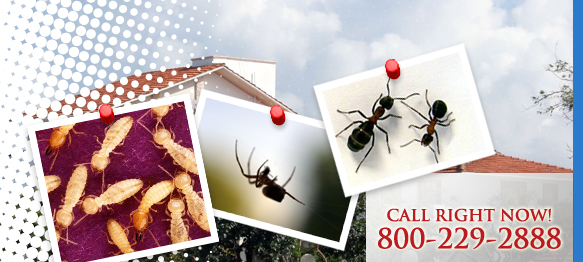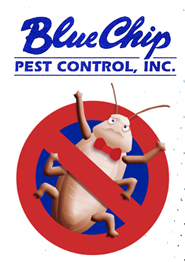|
|
|
Termite Inspection and Control
Termites eat wood, and can consequently cause great structural damage
to your home if left unchecked. A typical homeowner's insurance policy does not cover destruction caused by termites,
even though they cause over 1 billion dollars in damage to homes throughout the United States each year. Our inspection and
treatment program can help you understand the threat of termites, and take the necessary steps to protect your home.
Termite Inspection
You can’t assume your home is termite-free just because
you’ve never seen them – they only swarm once or twice a year, and you might miss it! We thoroughly inspect
your home or business, looking for the tell-tale signs of termite infestation. Some of the things we look for are:
- Mud tubes built for traveling above ground
- Damaged or hollow-sounding wood
- Pinholes in drywall or wallpaper
- Small piles of
sawdust
- Piles of small wings
- Other specific termite indicators
In addition, we
offer Real Estate transfer termite inspections.
You can now retrieve your wood destroying organisms (WDO) reports on-line!
Simply call the office (1-800-229-2888) for an access code prior to logging onto our website.
Termite Treatments
To control these unwanted pests, we provide an effective treatment plan, which may include:
- Exterior Protection - a continuous chemical barrier
is created around the exterior of your home or building to keep termites from entering
- Direct Contact - as possible, we apply chemicals directly to the pests
- Insect Growth - we apply chemicals which duplicate the insect's natural hormones to disrupt their growth and
development
Termite Facts
Subterranean termites are extremely destructive. First they build tunnels to wooden structures, and then they burrow into
those structures to obtain food. Any wood or cellulose-containing material constitutes termite food, and given time to do
so, they’ll eat until nothing is left but a shell. Termites avoid light and air, so they build their colonies where
you’re not likely to stumble upon them.
Is it a termite or an ant?
On the off chance you do see them, remember that it’s easy to confuse termites with ants. Fortunately, there are features
that distinguish them.
|
Ants
|
Termites
|
- narrow waists
- elbow antennae
- two sets of wings (front wing is longer
than the hind wing)
|
- thick waists
- straight antennae
- two sets of wings (same size)
|
|
|
 |

